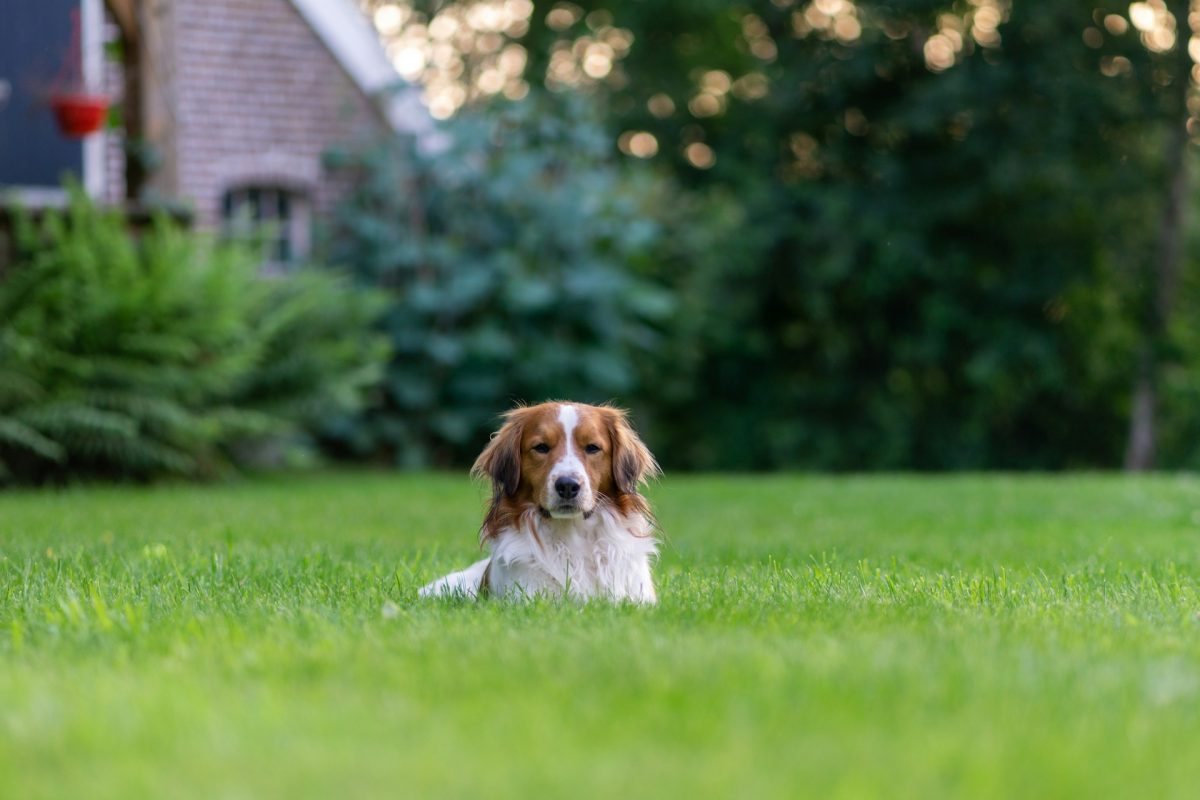Training your dog to find and bring specific items is not only a fun and engaging activity but also a practical skill that can be beneficial in various situations. Whether you want your furry friend to fetch your slippers, bring in the newspaper, or even assist in more complex tasks, this guide will help you understand the steps and techniques required to train your dog effectively. Let’s dive into the methodology, tips, and tricks for turning your dog into a reliable retriever of specific items.
Understanding Your Dog’s Capabilities
Before you start training, it’s important to have realistic expectations about your dog’s capabilities. Dogs have an incredible sense of smell and a natural desire to please their owners, which are great advantages in training. However, each dog’s learning pace, interest, and ability to focus can vary greatly. Patience and consistency are key.
Starting with Basic Commands
Foundation of Obedience
The foundation of successful training lies in your dog’s mastery of basic commands such as “sit,” “stay,” “come,” and “drop it.” These commands establish your communication with your dog and ensure they can follow more complex instructions.
Clicker Training
Introducing a clicker to mark desirable behavior is a highly effective method. The clicker sound helps your dog understand exactly which action earned them a reward, making the learning process clearer and faster.
Introducing the Target Item
Selection of the Item
Choose a specific item you want your dog to fetch. It could be something simple like their favorite toy. The key is to select an item that your dog shows interest in but isn’t overly excited about, to maintain focus during training.
Scent Association
Let your dog familiarize themselves with the item’s scent. Encourage them to sniff it, and use a specific command like “find it” to associate the action with the item. Reward any interest shown in the item to reinforce positive behavior.
Training to Fetch
Teaching ‘Fetch’
With the item on the ground, encourage your dog to pick it up with a command like “fetch.” Once they have it in their mouth, use the clicker and reward them. Gradually increase the distance between your dog and the item to encourage them to move towards it and bring it back.
Adding Specificity
As your dog becomes more comfortable with fetching, introduce variations of the item to ensure they understand the task is about bringing specific items, not just any object. This step is crucial for training your dog to understand and differentiate between items.
Advanced Training Techniques
Hiding the Item
Once your dog is reliably fetching the item, start hiding it in easy-to-find locations. Use the “find it” command and reward any successful retrieval. Gradually increase the difficulty by hiding the item in more challenging places.
Training for Different Items
Begin introducing new items one at a time, applying the same training principles. Ensure each item has a distinct command associated with it to avoid confusion.
Consistency and Patience
Consistent practice and patience are essential in dog training. Short, daily training sessions are more effective than longer, less frequent ones. Always end on a positive note to keep the experience enjoyable for your dog.
Troubleshooting and Tips
- If your dog loses interest, take a break or go back to a simpler task they enjoy.
- Always use positive reinforcement, such as treats and praise, to encourage desired behavior.
- Gradually phase out treats, replacing them with verbal praise and physical affection as your dog masters each task.
Training your dog to find and bring specific items can be a rewarding experience that strengthens your bond and enhances your dog’s cognitive and physical abilities. Remember, every dog is unique, so tailor your training to fit your dog’s pace and personality. With patience, consistency, and positive reinforcement, you’ll be amazed at what you and your dog can achieve together.



